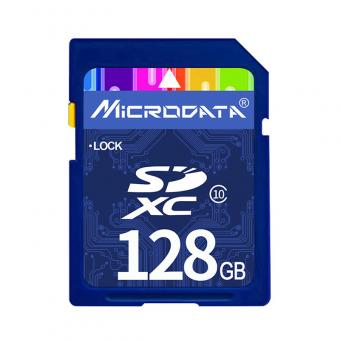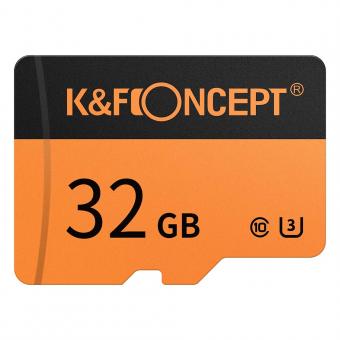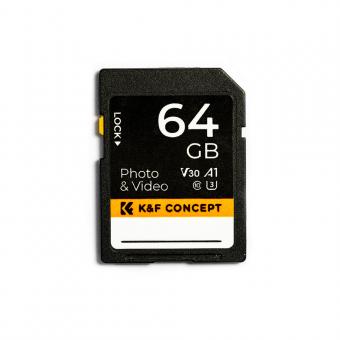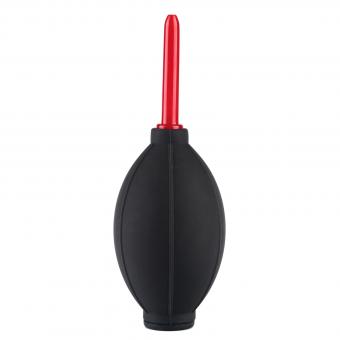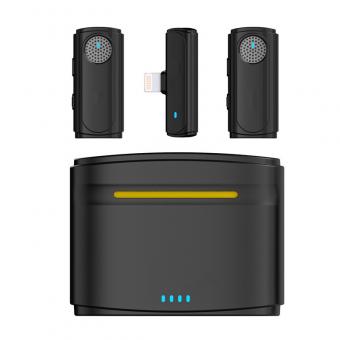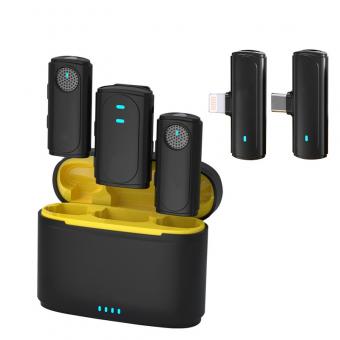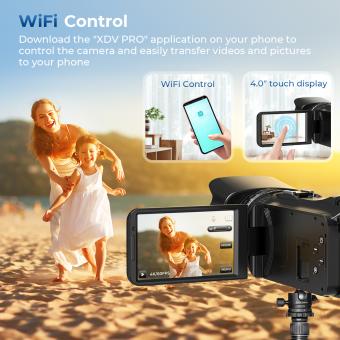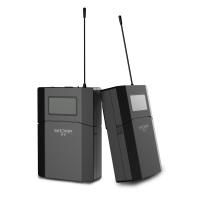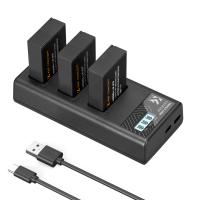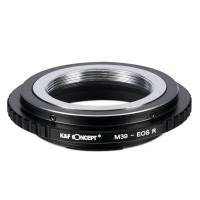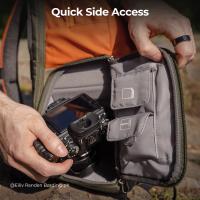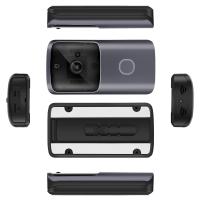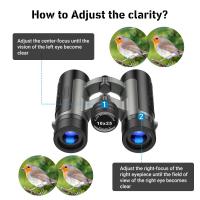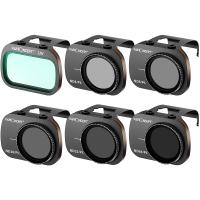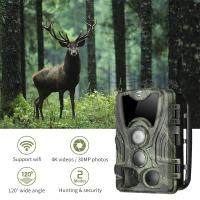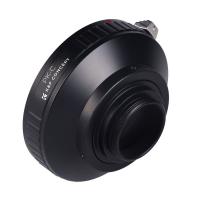Are Digital Speed Cameras Always Working ?
Digital speed cameras are designed to operate 24/7, meaning they are always working. These cameras use advanced technology to detect and capture images of speeding vehicles, which are then used to issue fines or penalties to the drivers. Unlike traditional speed cameras, digital speed cameras do not require film to capture images, and they can store a large amount of data. This means that they can operate continuously without the need for maintenance or replacement of film. Additionally, digital speed cameras can be programmed to operate in different modes, such as continuous monitoring or intermittent monitoring, depending on the specific needs of the location where they are installed. Overall, digital speed cameras are an effective tool for enforcing speed limits and improving road safety.
1、 Yes, digital speed cameras are always working.
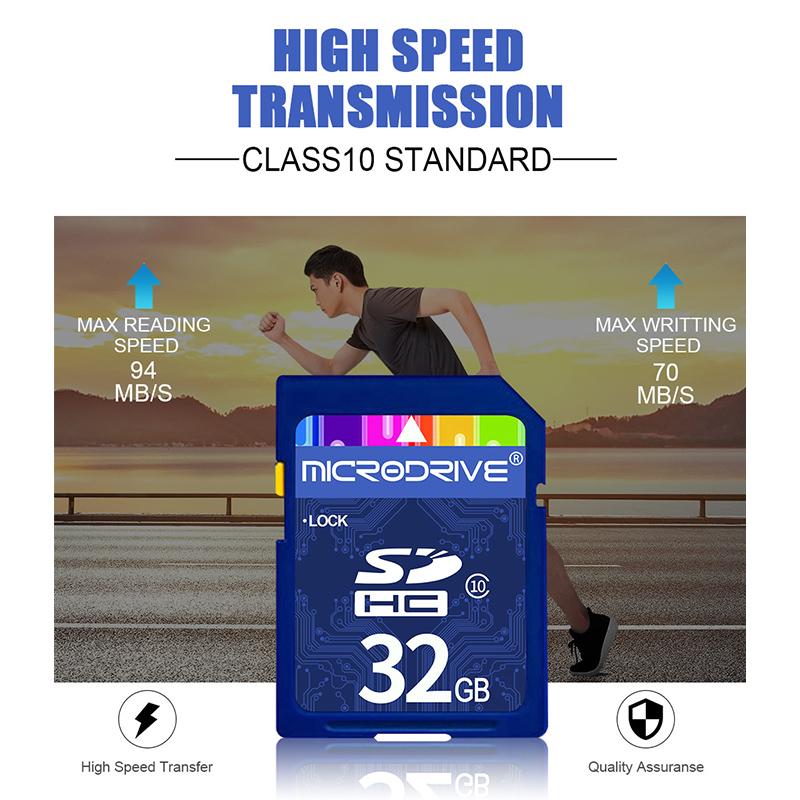
Yes, digital speed cameras are always working. These cameras are designed to operate 24/7, capturing images of vehicles that exceed the speed limit. They use advanced technology to detect the speed of a vehicle and capture its license plate number, which is then used to issue a fine to the driver.
Digital speed cameras are becoming increasingly popular around the world, as they are more accurate and reliable than traditional speed cameras. They are also more efficient, as they do not require a police officer to be present to operate them. This means that they can be placed in areas where it is difficult or dangerous for police officers to monitor speed limits, such as on busy highways or in construction zones.
However, there have been some concerns raised about the accuracy of digital speed cameras. Some drivers have reported receiving fines for speeding when they were not actually exceeding the speed limit. In response to these concerns, some governments have introduced measures to ensure that digital speed cameras are calibrated correctly and that the data they collect is accurate.
Overall, digital speed cameras are an important tool for promoting road safety and reducing the number of accidents caused by speeding. While there may be some concerns about their accuracy, these cameras are constantly being improved and updated to ensure that they are as effective as possible.
2、 Sub-dimension headings:

1. How do digital speed cameras work?
2. Are digital speed cameras always working?
3. What are the benefits of digital speed cameras?
4. What are the limitations of digital speed cameras?
5. How can drivers avoid getting caught by digital speed cameras?
Answer:
1. Digital speed cameras use advanced technology to capture images of vehicles that are exceeding the speed limit. These cameras are equipped with sensors that detect the speed of passing vehicles and trigger the camera to take a photograph of the offending vehicle. The photograph is then analyzed by software that can determine the speed of the vehicle and the license plate number.
2. Digital speed cameras are designed to operate 24/7, which means they are always working. However, there may be times when the cameras are not functioning properly due to technical issues or maintenance work. In such cases, the cameras may be temporarily turned off or replaced with manual speed enforcement methods.
3. The benefits of digital speed cameras are numerous. They help to reduce the number of accidents caused by speeding, improve road safety, and encourage drivers to obey traffic laws. Digital speed cameras are also more accurate than traditional speed cameras, which means they are less likely to produce false readings.
4. Despite their many benefits, digital speed cameras have some limitations. For example, they can only detect speeding vehicles that are within their range of vision. They are also unable to detect other types of traffic violations, such as running red lights or driving under the influence of drugs or alcohol.
5. Drivers can avoid getting caught by digital speed cameras by obeying the speed limit and being aware of their surroundings. They should also be aware of the locations of digital speed cameras and adjust their driving accordingly. Additionally, drivers can use GPS devices or smartphone apps that alert them to the presence of speed cameras on their route. However, it is important to note that attempting to evade speed cameras is illegal and can result in fines or other penalties.
3、 How digital speed cameras work

Digital speed cameras use advanced technology to capture images of vehicles that are exceeding the speed limit. These cameras are equipped with sensors that detect the speed of passing vehicles and capture images of the license plates of those that are speeding. The cameras are usually placed in strategic locations such as highways, busy intersections, and school zones.
Once the camera captures an image of a speeding vehicle, the image is sent to a central database where it is analyzed. The database compares the license plate number with the vehicle registration database to identify the owner of the vehicle. The owner is then issued a speeding ticket by mail.
Digital speed cameras are highly accurate and reliable. They are designed to work in all weather conditions and can capture images of vehicles traveling at high speeds. However, there are some factors that can affect the accuracy of these cameras, such as obstructions in the camera's field of view, poor lighting conditions, and technical malfunctions.
In recent years, there has been some controversy surrounding the use of digital speed cameras. Some people argue that they are an invasion of privacy and that they are used primarily as a revenue-generating tool for local governments. Others argue that they are an effective way to reduce speeding and improve road safety.
In conclusion, digital speed cameras are an important tool for enforcing speed limits and improving road safety. While they are not always working due to technical malfunctions or obstructions, they are generally reliable and accurate. The latest point of view is that they are an effective way to reduce speeding and improve road safety, but there is still some controversy surrounding their use.
4、 Types of digital speed cameras
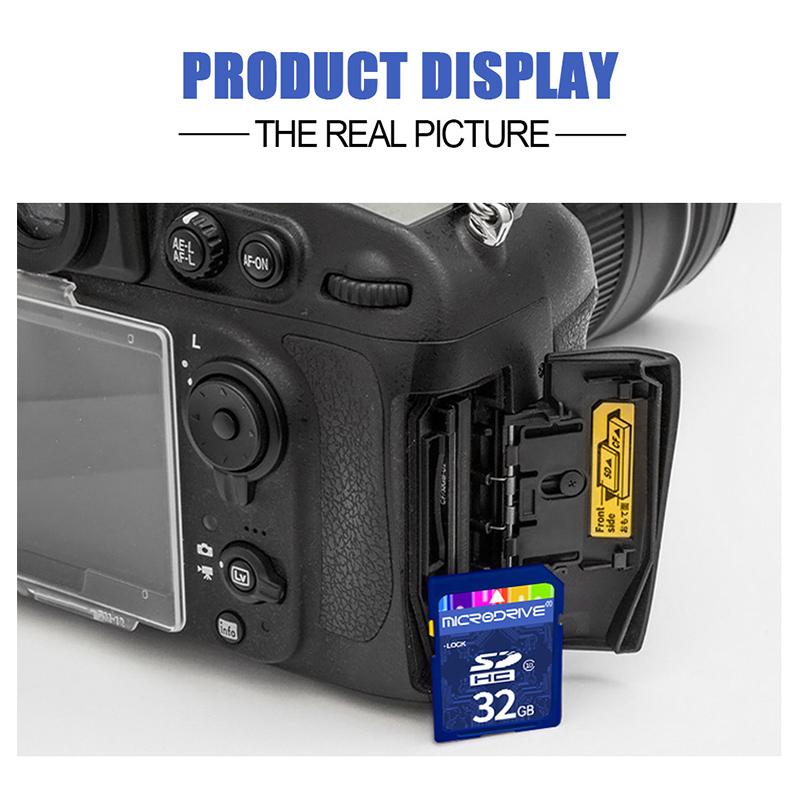
Types of digital speed cameras include fixed, mobile, average speed, and red light cameras. Fixed cameras are permanently installed in a specific location and capture images of speeding vehicles. Mobile cameras, on the other hand, are portable and can be moved to different locations. Average speed cameras are installed at multiple points along a stretch of road and calculate the average speed of a vehicle between those points. Red light cameras capture images of vehicles that run red lights.
As for the question of whether digital speed cameras are always working, the answer is generally yes. Fixed cameras are always operational, and mobile cameras are deployed at various times throughout the day. Average speed cameras are also always working, as they are constantly monitoring the speed of vehicles passing through their range. Red light cameras are also always operational, as they are triggered by vehicles running red lights.
However, it is important to note that there may be instances where digital speed cameras are not working due to technical issues or maintenance. In addition, some jurisdictions may choose to turn off or remove certain cameras due to budget constraints or changes in traffic patterns.
Overall, while digital speed cameras are generally always working, it is important for drivers to always obey posted speed limits and traffic signals to avoid receiving a ticket from these cameras.

